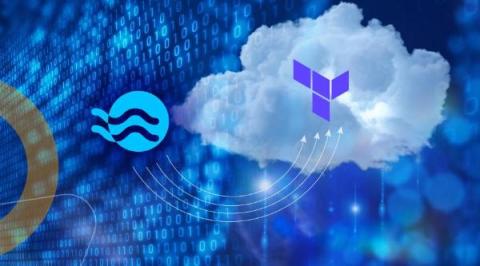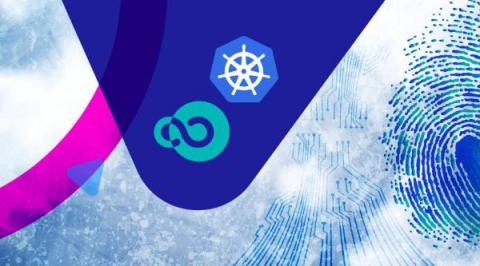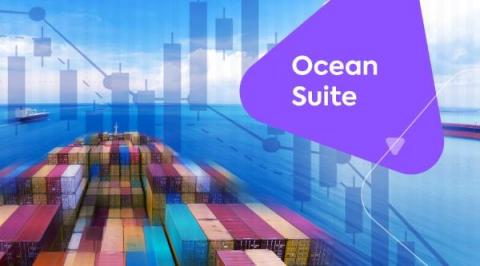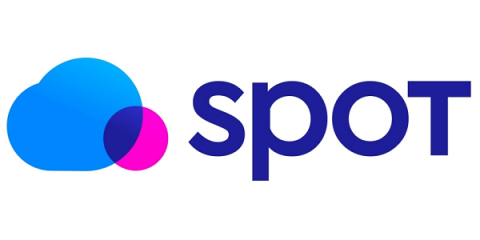Spot publishes module collection in Ansible Galaxy
Ansible is an open-source IT automation engine that automates provisioning, configuration management, application deployment, orchestration, and many other IT processes. It is one of the most widely-used provisioning tools in the industry to enable infrastructure as code (IAC), made popular by its ease of use and simple, but powerful automation. With easy integration, you can use Ansible and Spot to fully automate and optimize your cloud infrastructure.











